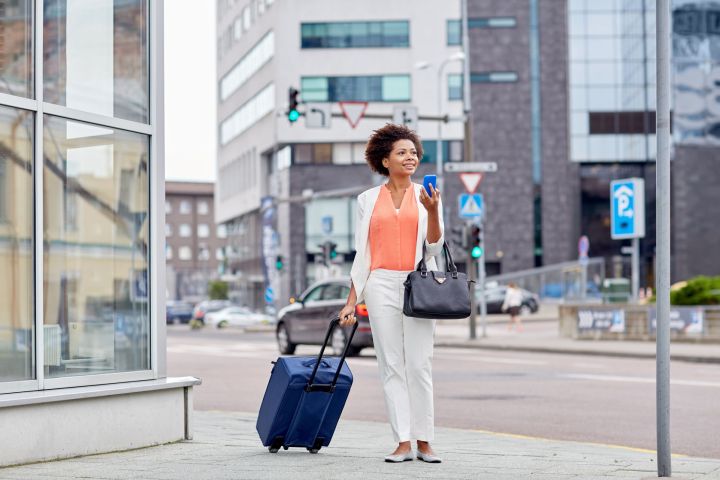
Social media mentions for augmented reality (AR) and VR-related travel experiences rose 13 percent over the previous year, while sales for related hardware were eight-times higher during the 2016 holiday season than the same time frame in 2015. VR content in travel is growing, with at least eight major hotel chains experimenting with the tech in just the last six months alone.
While virtual reality creates immersive experiences for travelers researching destinations, social media is keeping travelers connected to those back home, the study suggests. Globetrotters traveling by themselves are almost twice as likely to share their trip on social media, with 65 percent of solo travelers sharing compared to only 35 percent of those that traveled in a group.
Solo travelers are more likely to share their trip on social media than those with companions.
Social media is also offering insight into why people travel. Nearly a third tag a #bucketlist item in their posts, while 26 percent say they travel as a cultural experience. That’s followed by 15 percent traveling for work and 10 percent for a honeymoon or anniversary.
Analyzing social media trends can also give travelers an idea of when to travel: mentions of travel peak during July and August, with around 15 percent more mentions than any other time of the year. Hiking and road trip mentions peak April through June, while the months between July and September are more popular for those bucket list trips and visiting a new culture. Eco-tourism is the highest in May, August and September, with Costa Rica, Iceland and the Galapagos Islands listing as the top destinations. Summer holidays continue to be some of the busiest for the industry, including Independence Day, Memorial Day and Labor Day.
Outside of social media, Adobe Analytics was also able to pinpoint when to book for the best price based on online booking platforms. For flights within the U.S., 76-112 days is the best range to book, while international flights are better booked 125 days out. Saturday flights also tend to cost 11 percent less. For U.S.-based hotels, travelers that booked 33 days in advanced tended to get the best price for their room.
Social media also highlighted rapid growth in another arena: wearables. The report says mentions for wearables grew by 44 percent. Adobe Analytics largely attributes that growth to the launch of the Ocean Medallion from Carnival Corporation, an upcoming wearable technology that allows cruise travelers to do anything from finding others in their group are to ordering food and drinks delivered to an exact location. The report also says the cruise industry is booming.
While social media is highlighting tech changes for travelers, the study also produced a number of statistics for those working in the industry. For every 10 percent increase in Uber mentions on social media, car rentals dropped by two percent. The study did not find any disruption in the hotel industry that correlated with Airbnb or similar services, however. The study also reports some downturns for the industry: numbers suggest a slowdown in summer travel, as well as fewer visitors from outside the U.S. and a decline in car rentals.



